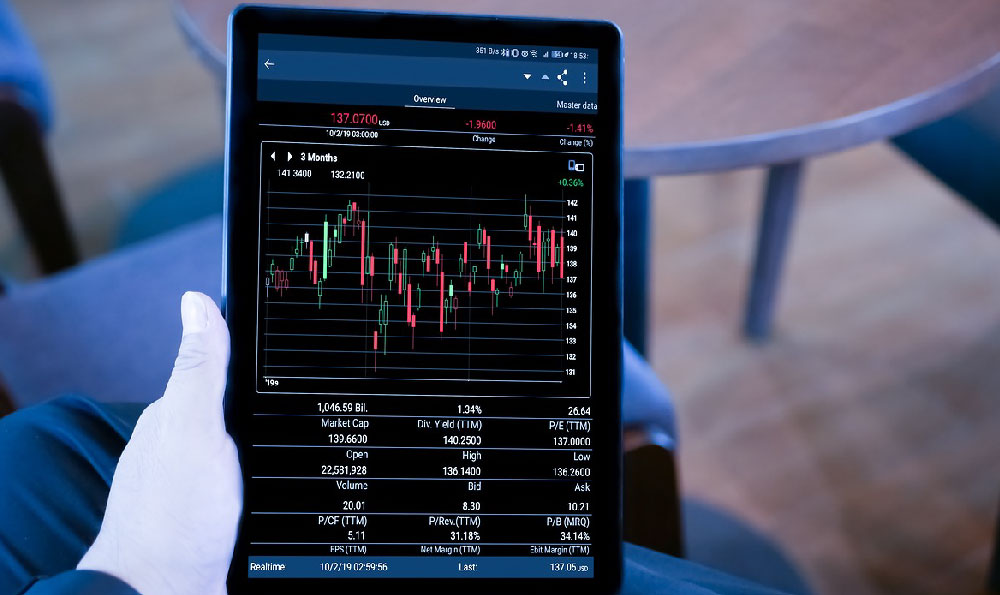Investing in gold has long been considered a safe haven asset, a store of value during times of economic uncertainty, and a potential hedge against inflation. However, navigating the world of gold investment can be daunting for beginners. Before diving in, understanding the basics, exploring the different investment avenues, and assessing the risks involved are crucial steps. This comprehensive guide aims to provide a solid foundation for anyone considering adding gold to their investment portfolio.
First and foremost, grasping the rationale behind investing in gold is vital. Gold possesses intrinsic value, unlike fiat currencies which are backed by government decree. Throughout history, it has served as a medium of exchange and a symbol of wealth. In modern times, its appeal lies in its perceived ability to maintain its value during economic downturns and periods of high inflation. When stock markets crash or currencies devalue, investors often flock to gold, driving up its price. Furthermore, gold's limited supply contributes to its inherent value. Unlike stocks or bonds, the global supply of gold is relatively fixed, making it less susceptible to dilution. This scarcity, coupled with persistent demand, helps support its price over the long term.
However, it's important to dispel the myth that gold is a foolproof investment. While it can act as a hedge against certain economic risks, it is not immune to price fluctuations. Gold prices are influenced by a variety of factors, including interest rates, inflation expectations, currency movements, geopolitical events, and investor sentiment. Rising interest rates, for example, can make gold less attractive as an investment because it doesn't offer any yield, unlike bonds or savings accounts. Conversely, periods of heightened economic uncertainty or geopolitical instability often lead to increased demand for gold, driving up its price.

Once you understand the fundamental reasons for investing in gold, the next step is to explore the various investment options available. These options can be broadly categorized into physical gold and paper gold.
Physical gold refers to owning the actual metal in the form of bars, coins, or jewelry. Gold bars are typically the most cost-effective way to invest in physical gold, as they have lower premiums compared to coins. Gold coins, on the other hand, offer collectibility and can be easier to store and sell in smaller quantities. When investing in physical gold, it's crucial to purchase from reputable dealers to ensure authenticity and purity. You also need to consider storage options, which can include home storage (with appropriate security measures) or professional vault storage. Storage costs, insurance, and security risks associated with physical gold should be factored into your overall investment strategy.
Paper gold, also known as gold-backed securities, offers indirect exposure to gold without the need to physically own and store the metal. Exchange-Traded Funds (ETFs) are a popular form of paper gold. Gold ETFs track the price of gold and allow investors to buy and sell shares like any other stock. They offer liquidity and convenience, making them a suitable option for investors who want to quickly enter or exit the gold market. Another option is gold mining stocks, which represent ownership in companies that mine gold. While these stocks can offer leverage to gold prices (meaning they can potentially outperform gold in a rising market), they also carry additional risks associated with the mining industry, such as operational challenges, regulatory hurdles, and political instability in mining regions. Gold futures contracts allow investors to speculate on the future price of gold. These contracts are highly leveraged, meaning that a small investment can control a large amount of gold. However, futures trading is inherently risky and not suitable for novice investors.
Choosing the right gold investment option depends on your individual investment goals, risk tolerance, and investment horizon. Investors seeking a long-term store of value may prefer physical gold, while those seeking short-term trading opportunities may opt for gold ETFs or futures contracts.
Before making any investment decisions, it's essential to conduct thorough research and due diligence. For physical gold, research reputable dealers, compare prices, and verify the authenticity and purity of the metal. For paper gold, carefully review the ETF's prospectus, examine the holdings of gold mining stocks, and understand the risks associated with futures trading. It is also crucial to consider the tax implications of gold investments. Profits from selling gold may be subject to capital gains taxes, and storage fees and insurance costs associated with physical gold may be deductible. Consult with a qualified tax advisor to understand the tax implications of your gold investments.
Finally, remember that gold is just one component of a diversified investment portfolio. While it can offer protection against certain economic risks, it should not be the sole focus of your investment strategy. Diversification across different asset classes, such as stocks, bonds, and real estate, is crucial for managing risk and maximizing long-term returns. Determine an appropriate allocation to gold based on your overall investment goals and risk tolerance. A common rule of thumb is to allocate 5-10% of your portfolio to gold, but this can vary depending on your individual circumstances. Regularly review and rebalance your portfolio to ensure that your asset allocation remains aligned with your investment objectives.
In conclusion, investing in gold can be a valuable strategy for diversifying your portfolio and protecting against economic uncertainty. However, it's essential to understand the rationale behind gold investments, explore the different investment options available, assess the risks involved, and conduct thorough research before making any decisions. By taking a prudent and informed approach, you can potentially benefit from the unique characteristics of gold and achieve your financial goals. Remember to consult with a qualified financial advisor to receive personalized investment advice tailored to your specific needs and circumstances.












